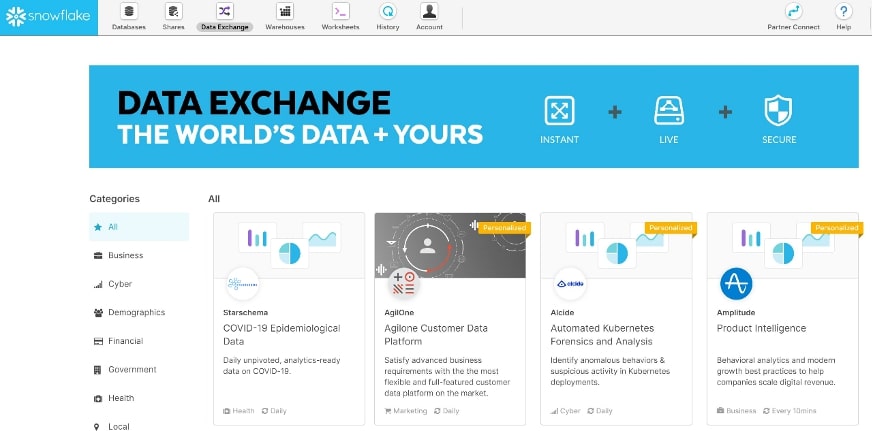NOTE: The COVID-19 global pandemic continues to evolve. This data visualization is no longer being updated, and we recommend the Johns Hopkins Coronavirus Resource Center for regularly updated data and information.
As I write this article, there have been over 560,000 confirmed cases of COVID-19 in the United States. Over 22,000 people have died, almost all in the last three weeks. Media outlets have recently been playing footage of government and public health officials downplaying the dangers of coronavirus in late January and February, only to reverse course by mid-March as most of the country issued stay-at-home orders, and millions lost their jobs.
Data in the Time of COVID-19
Is the pandemic slowing down like many experts have claimed? Will we see only 60,000 deaths by August or will it be more like 600,000? At this point, it’s hard for anyone to tell. But what we can do is track the numbers as they come in. Visual analytics tools like Tableau make it easy for us to answer questions like:
- How many tests, cases, deaths or hospitalizations have there been?
- Are there fewer deaths today than there were yesterday?
- Are fewer tests coming back positive now than there were last week?
- Which states or counties are struggling the most?
For my data source, I used a COVID-19 dataset curated by Starschema that was provided for free on the Snowflake Data Exchange:

Leveraging the power of Snowflake Secure Data Sharing, any updates made to the Starschema COVID-19 dataset would instantly show up in the InterWorks-Snowflake shared database, creating a seamless data pipeline to feed this Tableau dashboard.
How is your state or county faring in the middle of this epidemic? Are things getting better or worse?

